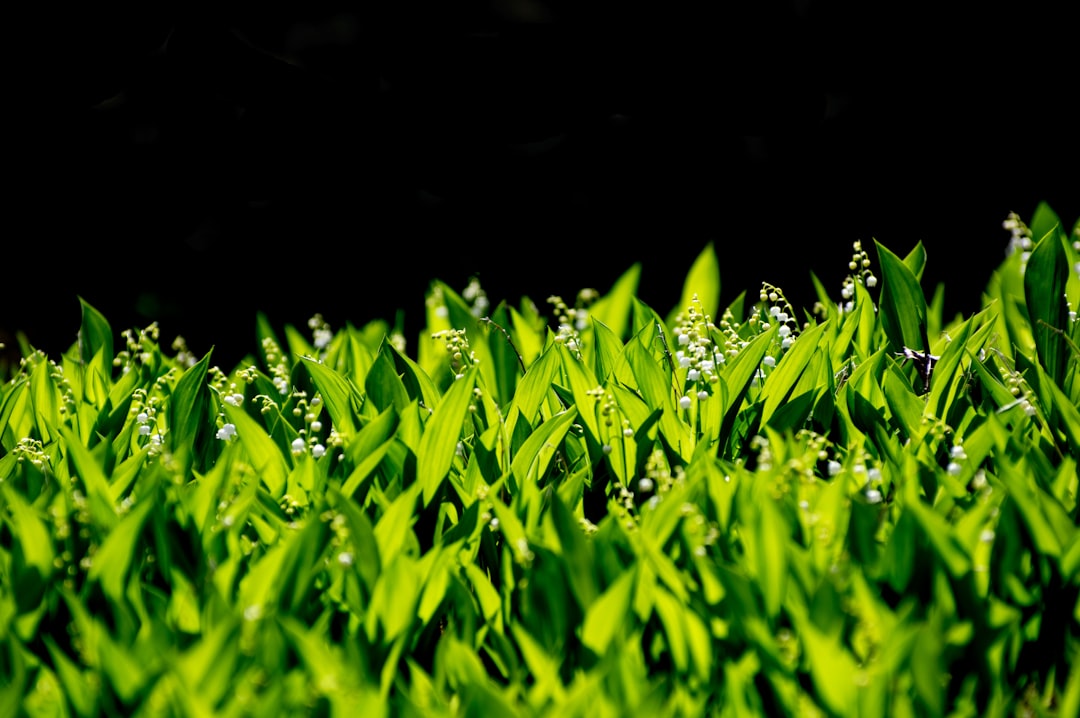The Secret to a Thriving Yard: Optimal Mulching

When it comes to nurturing a beautiful and healthy yard, mulching is an often - overlooked yet incredibly powerful practice. The best mulch not only enriches and safeguards your soil and plants but also imparts a brand - new allure to your landscaping.
First and foremost, let's understand the fundamental role of mulch in soil health. Mulch acts as a protective blanket for the soil. It helps to regulate soil temperature, keeping it cooler in the sweltering summer months and warmer during the cold winter. This stable temperature environment is crucial for the root systems of your plants. For instance, in the peak of summer, the sun can bake the soil, causing it to dry out rapidly and potentially damage the roots. A layer of mulch shields the soil from the direct heat of the sun, reducing evaporation and maintaining a more consistent moisture level.
Moreover, mulch is a natural soil conditioner. As it decomposes over time, it adds valuable organic matter to the soil. This organic matter improves the soil structure, making it more porous and allowing better water infiltration and air circulation. Good soil structure is essential for root growth as it enables roots to penetrate deeper and access nutrients more easily. Different types of mulch contribute varying amounts of nutrients to the soil. For example, wood chips gradually break down and release carbon, which can enhance the soil's ability to hold onto nutrients. Straw mulch, on the other hand, can add nitrogen and other essential elements as it decomposes.
Another significant benefit of using the right mulch is its ability to suppress weeds. Weeds are the bane of every gardener's existence. They compete with your plants for water, nutrients, and sunlight. A thick layer of mulch blocks sunlight from reaching weed seeds, preventing them from germinating. This reduces the need for manual weeding or the use of chemical herbicides, making your gardening efforts more environmentally friendly. For example, a 3 - 4 inch layer of shredded bark mulch can effectively smother most weed growth in your flower beds.
Now, let's talk about the aesthetic aspect of mulch. It can transform the look of your yard. A well - mulched garden bed has a neat and polished appearance. You can choose from a variety of mulches with different colors and textures to complement your landscaping design. Dark - colored mulches, such as black or brown, can create a rich and sophisticated backdrop for colorful flowers. Light - colored mulches, like white gravel or pine straw, can add a bright and airy feel to your garden.
When selecting the best mulch for your yard, several factors need to be considered. The type of plants you have is a crucial factor. Some plants prefer acidic soil, and certain mulches, like pine needles, can help acidify the soil over time. If you have a vegetable garden, you might want to choose a mulch that is free from chemicals and safe for edible plants, such as straw or shredded leaves. The climate in your area also plays a role. In areas with heavy rainfall, a more coarse - textured mulch like wood chips can prevent waterlogging, while in arid regions, a finer mulch like shredded bark can help retain moisture better.
Applying mulch correctly is also important. You should start by clearing the area of any existing weeds and debris. Then, spread the mulch evenly around your plants, making sure not to pile it up against the plant stems, as this can cause rot. The recommended depth of mulch varies depending on the type of mulch, but generally, 2 - 4 inches is a good range. Over - mulching can be harmful as it can suffocate the roots and prevent proper air and water exchange.
In conclusion, caring for your yard involves many aspects, and mulching is a key component. By choosing the best mulch for your specific needs and applying it correctly, you can create a thriving and beautiful yard that will be the envy of your neighbors. So, don't underestimate the power of mulch in your gardening journey.